How to stop Europe’s space sector from lagging behind in defense
Friday, 01 December 2023 16:37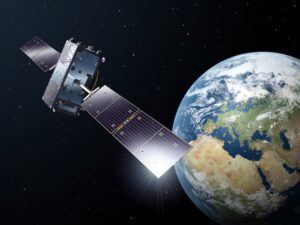

Europe is working on a multi-purpose habitat for the moon
Friday, 01 December 2023 14:49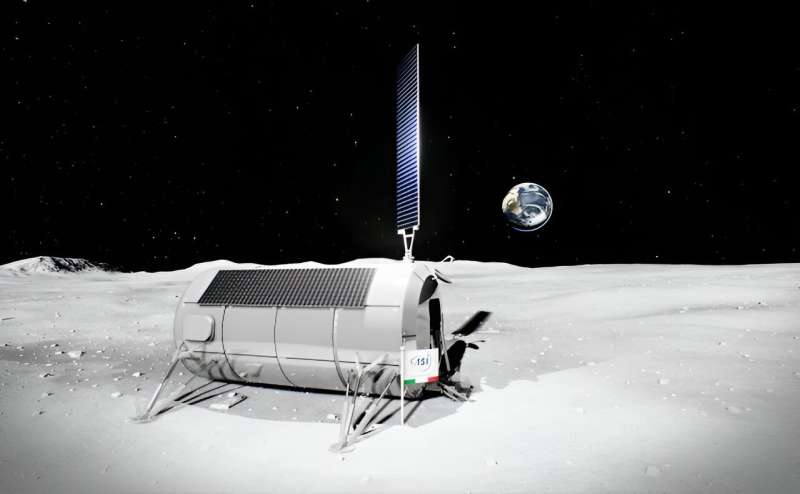
With NASA gearing up to send humans back to the moon in the next few years with the Artemis missions with the goal of establishing a permanent outpost at the lunar south pole, nations are making efforts to contribute to Artemis and a permanent presence on our nearest celestial neighbor.
Recently, the Italian Space Agency, formally known as Agenzia Spaziale Italiana (ASI), has taken steps to establish the first permanent outpost on the lunar surface, known simply as the Multi-Purpose Habitat (MPH). This endeavor was officially kicked by the ASI signing a contract with the French-based aerospace company, Thales Alenia Space, who specializes in space-based systems, including ground segments and satellites used for both Earth observation and space exploration.
Themis ground and flight models
Friday, 01 December 2023 14:41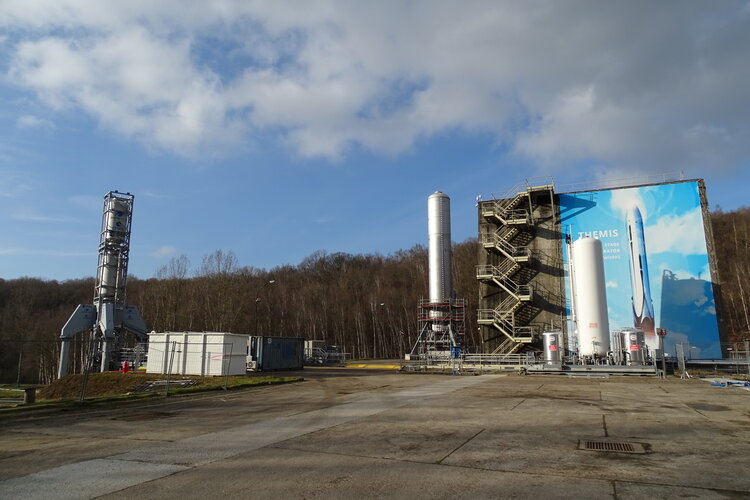 Image:
Themis ground and flight models
Image:
Themis ground and flight models Week in images: 27 November - 01 December 2023
Friday, 01 December 2023 13:10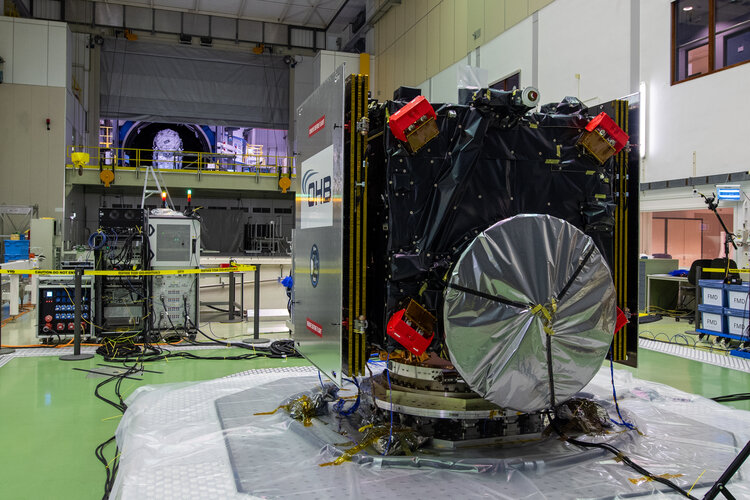
Week in images: 27 November - 01 December 2023
Discover our week through the lens
GAO report warns Artemis 3 landing may be delayed to 2027
Friday, 01 December 2023 11:47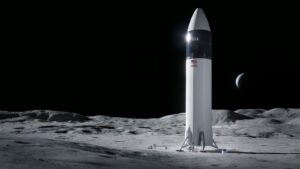
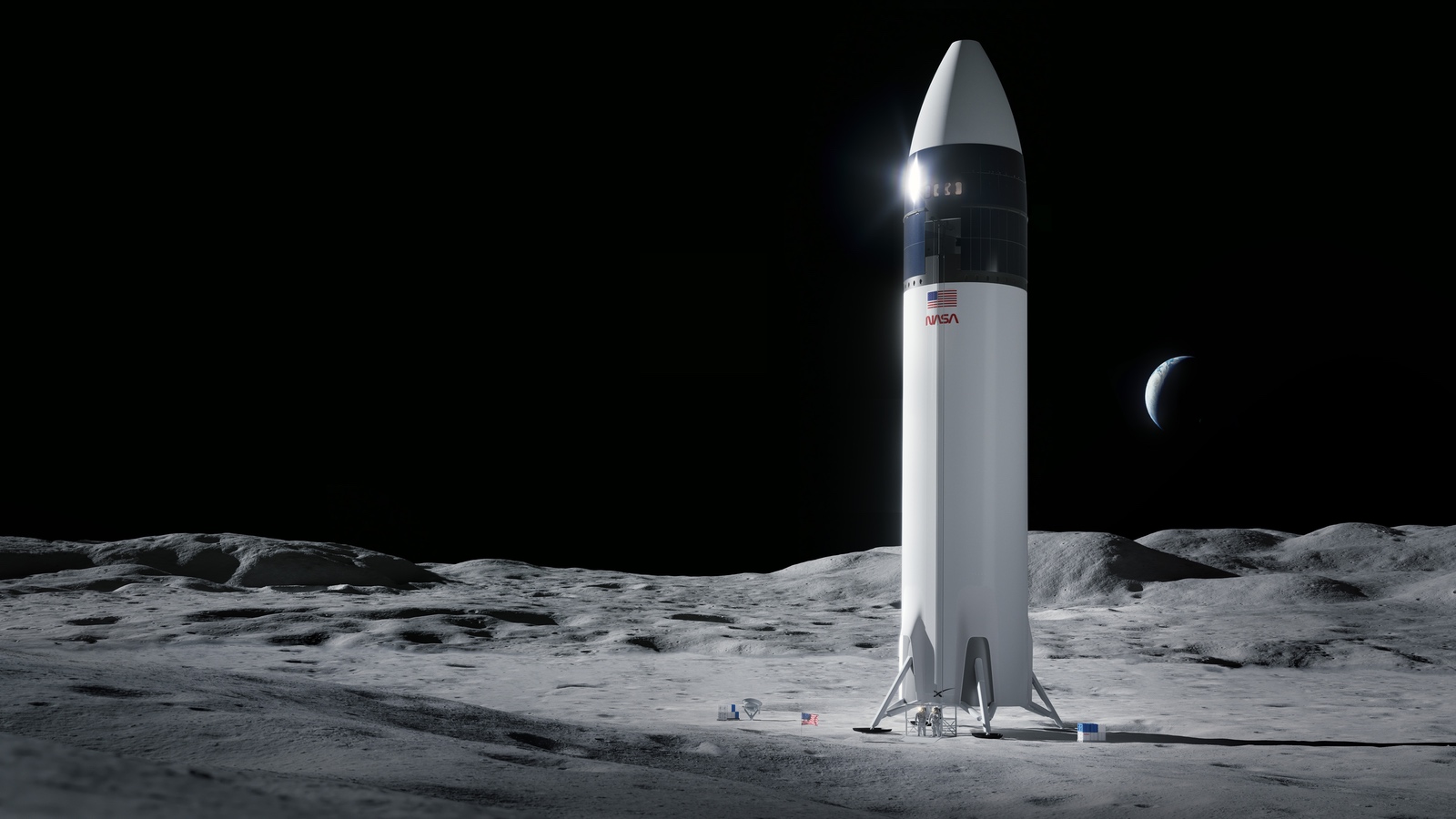
NASA researchers get permission to apply for China’s moon samples
Friday, 01 December 2023 11:05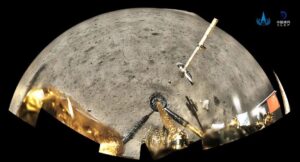
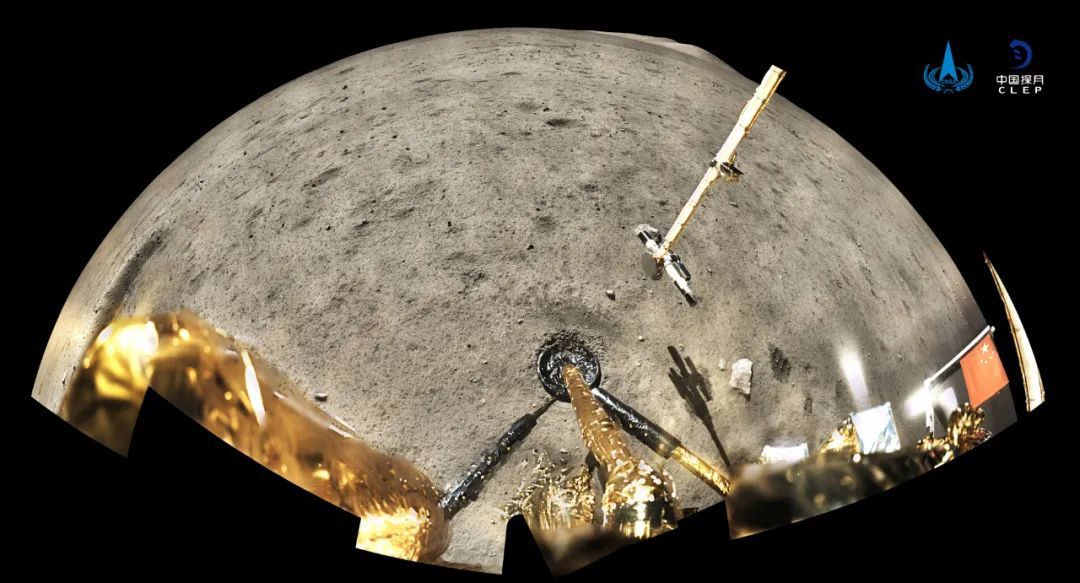
Earth from Space: American Samoa
Friday, 01 December 2023 09:40 Image:
The Copernicus Sentinel-2 mission shows us an amazing view of the tropical island of Tutuila, the largest in the American Samoa archipelago in the South Pacific Ocean.
Image:
The Copernicus Sentinel-2 mission shows us an amazing view of the tropical island of Tutuila, the largest in the American Samoa archipelago in the South Pacific Ocean. Prometheus prototype engine test
Friday, 01 December 2023 08:00 Video:
00:00:24
Video:
00:00:24
Scenes from a 30-second burn with re-ignition of an early prototype of the Prometheus engine at ArianeGroup’s test facility in Vernon, France, on 20 October 2023.
The 100-tonne thrust class Prometheus burns liquid oxygen-liquid methane fuel. Methane is clean burning and simplifies handling, to help enable reusability and reduce the cost of ground operations before and after flight.
The engine is mounted in an early prototype of a reusable rocket stage, called Themis, which is being developed in parallel with the engine under contract from ESA. While engine testing continues, work is also underway to prepare a more advanced
Iceberg on the loose
Friday, 01 December 2023 07:00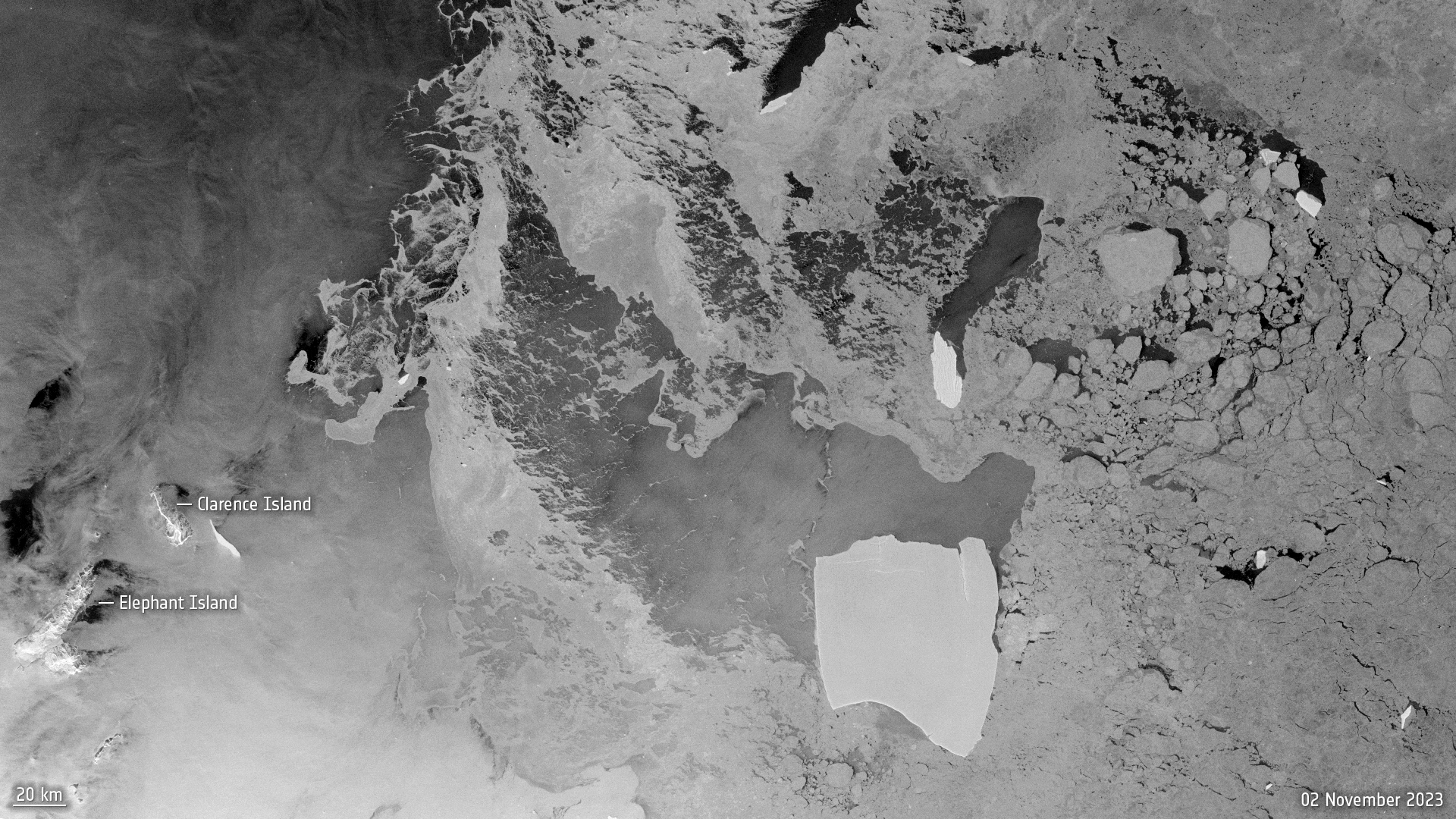 Image:
After being grounded on the ocean floor for well over four decades, the largest iceberg in the world is on the loose.
Image:
After being grounded on the ocean floor for well over four decades, the largest iceberg in the world is on the loose. New images of rare thunder
Friday, 01 December 2023 07:00ESA astronaut Andreas Mogensen has captured images of rare thunder phenomena as part of the Thor-Davis experiment on his Huginn mission.
Direct-to-phone satellite connectivity emerging as major new market this decade
Friday, 01 December 2023 06:56 Paris, France (SPX) Dec 01, 2023
The Mobile Satellite Services (MSS) industry is currently witnessing a pivotal transformation, as highlighted in the latest edition of Euroconsult's 'Prospects for Direct to Handheld and IoT Markets'. This transformative shift is primarily attributed to the emergence of direct-to-device satellite solutions, particularly direct-to-phone services. These advancemen
Paris, France (SPX) Dec 01, 2023
The Mobile Satellite Services (MSS) industry is currently witnessing a pivotal transformation, as highlighted in the latest edition of Euroconsult's 'Prospects for Direct to Handheld and IoT Markets'. This transformative shift is primarily attributed to the emergence of direct-to-device satellite solutions, particularly direct-to-phone services. These advancemen Arcus: Collins Aerospace's novel training image generator revolutionizes aircrew simulation
Friday, 01 December 2023 06:56 Collins Aerospace, a business unit of Raytheon Technologies Corporation (NYSE: RTX), has announced the release of its latest innovation, Arcus, an image generator designed to significantly enhance aircrew training. This new technology uniquely integrates advanced rendering tools developed by Collins with the dynamic gaming technology of Epic Games' Unreal Engine, promising a more immersive and m
Collins Aerospace, a business unit of Raytheon Technologies Corporation (NYSE: RTX), has announced the release of its latest innovation, Arcus, an image generator designed to significantly enhance aircrew training. This new technology uniquely integrates advanced rendering tools developed by Collins with the dynamic gaming technology of Epic Games' Unreal Engine, promising a more immersive and m Globalsat enhances connectivity across Latin America with Rivada's OuterNET
Friday, 01 December 2023 06:56 Globalsat Group, a provider of mission-critical satellite and wireless connectivity solutions, has announced a strategic partnership with Rivada Space Networks to deploy the OuterNET, a next-generation data network, across Latin America. This collaboration is set to revolutionize connectivity for customers in key sectors such as energy, government, NGOs, agriculture, utilities, and transportatio
Globalsat Group, a provider of mission-critical satellite and wireless connectivity solutions, has announced a strategic partnership with Rivada Space Networks to deploy the OuterNET, a next-generation data network, across Latin America. This collaboration is set to revolutionize connectivity for customers in key sectors such as energy, government, NGOs, agriculture, utilities, and transportatio A spectrum of possibilities: insights into the evolution of far-red light photosynthesis
Friday, 01 December 2023 06:56 A collaborative study led by Dr. Christopher Gisriel at Yale University and Dr. Tanai Cardona at Queen Mary University of London, published in Frontiers in Plant Science, offers new insight on the origin and evolution of a unique type of photosynthesis that enables some bacteria, specifically cyanobacteria, to harness far-red light.
Far-red light, which falls between 700 to 800 nanometers
A collaborative study led by Dr. Christopher Gisriel at Yale University and Dr. Tanai Cardona at Queen Mary University of London, published in Frontiers in Plant Science, offers new insight on the origin and evolution of a unique type of photosynthesis that enables some bacteria, specifically cyanobacteria, to harness far-red light.
Far-red light, which falls between 700 to 800 nanometers NASA shuttle astronaut, scientist Mary Cleave remembered as 'trailblazer'
Friday, 01 December 2023 06:56 NASA on Thursday paid tribute to retired astronaut Mary Cleave, the first woman associate administrator for NASA's Science Mission Directorate, who died Nov. 27 at 76.
Cleave, a veteran of two NASA spaceflights, became an astronaut in 1980.
"I'm sad we've lost trailblazer Dr. Mary Cleave, shuttle astronaut, veteran of two spaceflights, and first woman to lead the Science Mission
NASA on Thursday paid tribute to retired astronaut Mary Cleave, the first woman associate administrator for NASA's Science Mission Directorate, who died Nov. 27 at 76.
Cleave, a veteran of two NASA spaceflights, became an astronaut in 1980.
"I'm sad we've lost trailblazer Dr. Mary Cleave, shuttle astronaut, veteran of two spaceflights, and first woman to lead the Science Mission 
